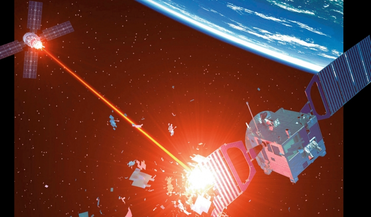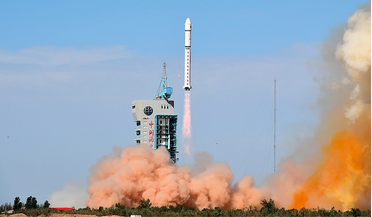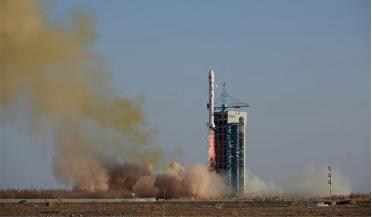 June 2022
Military space – how worried should we be?
June 2022
Military space – how worried should we be?
... by others. A similar model was developed by Russia (GLONASS), China (Beidou) and India, the Indian Regional Navigational Satellite System (IRNSS). Europe developed a technical workaround to circumvent the dual use problem by part-funding its...
 February 2023
Remote sensing by satellite - People’s Republic of China
February 2023
Remote sensing by satellite - People’s Republic of China
... Jilin-1 is China’s first, self-developed, commercial remote sensing satellite system and is operated by the Chang Guang Satellite Technology Corporation (CGSTC). The Jilin-1 satellite constellation is the core project and will eventually be composed...
 October 2023
Using drones to test phased array antennas
October 2023
Using drones to test phased array antennas
... communications on the move (COTM) applications is rising. Role of testing It is widely understood that testing is vital for all satellite systems, but it is particularly important for phased array antennas because the higher part-count can mean that...
 October 2023
Remote sensing by satellite - People’s Republic of China
October 2023
Remote sensing by satellite - People’s Republic of China
... synthetic aperture radar (InSAR) technology, working together in pairs (the satellite system is probably similar to the German TanDEM-X satellite system). Tianhui 2 satellites are believed to operate in the X-band and have a resolution of 3 m. The...
 May 2024
The challenges of satellite communications on the move
May 2024
The challenges of satellite communications on the move
... on the move, everywhere, all of the time. About the author Roger Dewell is Managing Director of the satellite systems consultancy High Q Systems Ltd. Having worked in the space industry for more than 50 years, Roger has design, development...
 October 2024
Space exploration remains a crucial endeavour for humanity
October 2024
Space exploration remains a crucial endeavour for humanity
...with various analyses suggesting significant growth as technologies and the market mature. The O3b mPOWER communications satellite system, owned and operated by SES provides global broadband connectivity for a range of applications including cellular...